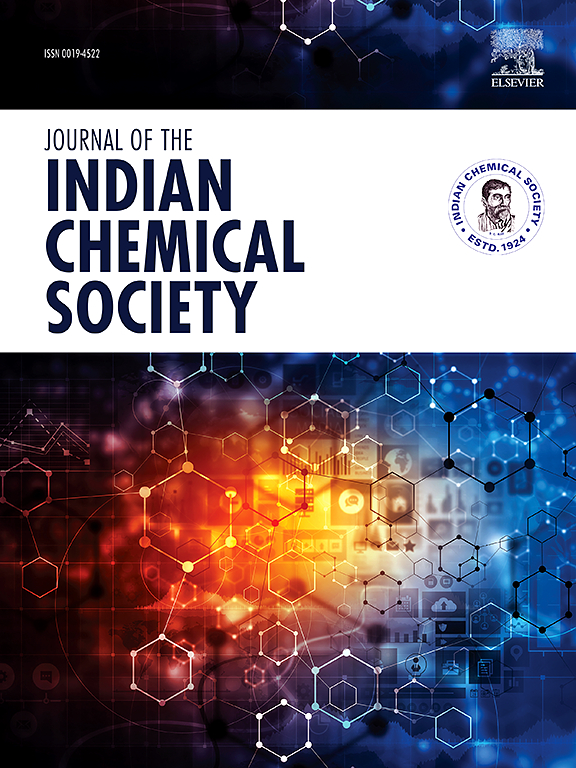A path to the formation of superacids HPtnF5n+1(n=1–3) and their ability to form supersalts by using the ab initio technique
IF 3.2
4区 化学
Q2 CHEMISTRY, MULTIDISCIPLINARY
引用次数: 0
Abstract
In this article, our primary focus is to determine all possible ways of formation of superacids HPtnF5n+1 by using thermodynamic parameters. We have employed a combination of the DFT/B3LYP method and SDD basis set for Pt, 6-31+G(d, p) for F, H, and Li atoms for optimization and other calculations. The superacidic characteristics of HPtnF5n+1 are calculated using the deprotonation energy. The acidity of HPtnF5n+1 is closely correlated to the vertical detachment energy of the associated superhalogen anions. The chemical reactivity is determined using the frontier molecular orbitals HOMO and LUMO. Superacids' salt formation ability is calculated by the interaction of PtnF5n+1 anions with alkali metal Li. The NBO charges on Li and PtnF5n+1 define the type of interaction that occurs during LiPtnF5n+1 salt formation. Several nonlinear optical properties of LiPtnF5n+1, such as dipole moment, mean polarizability, anisotropic polarizability, and hyperpolarizability, are determined to analyze their NLO behavior. We anticipate that our discovery will open up new avenues for researchers to identify novel NLO materials in the future.

求助全文
约1分钟内获得全文
求助全文
来源期刊
CiteScore
3.50
自引率
7.70%
发文量
492
审稿时长
3-8 weeks
期刊介绍:
The Journal of the Indian Chemical Society publishes original, fundamental, theorical, experimental research work of highest quality in all areas of chemistry, biochemistry, medicinal chemistry, electrochemistry, agrochemistry, chemical engineering and technology, food chemistry, environmental chemistry, etc.

 求助内容:
求助内容: 应助结果提醒方式:
应助结果提醒方式:


